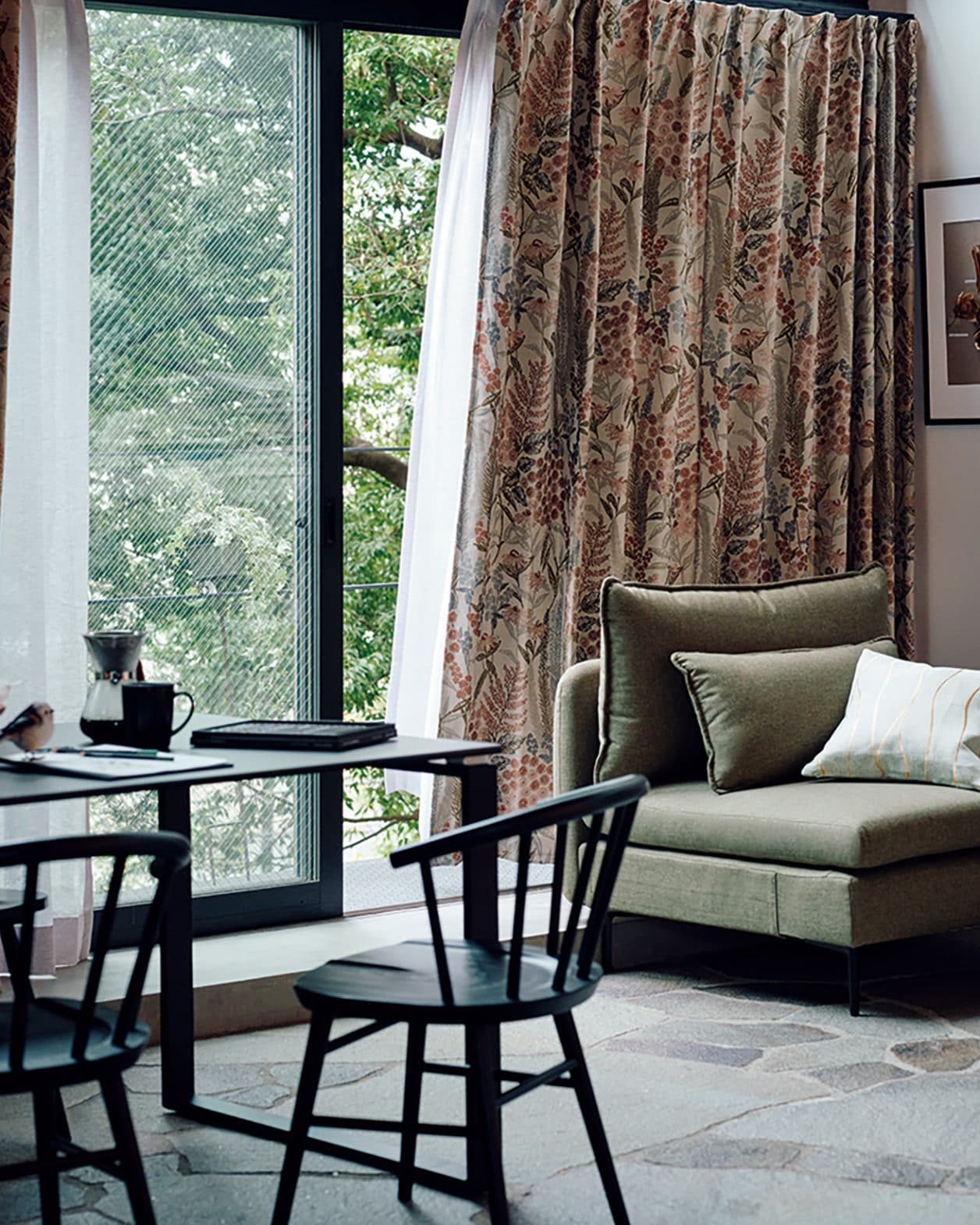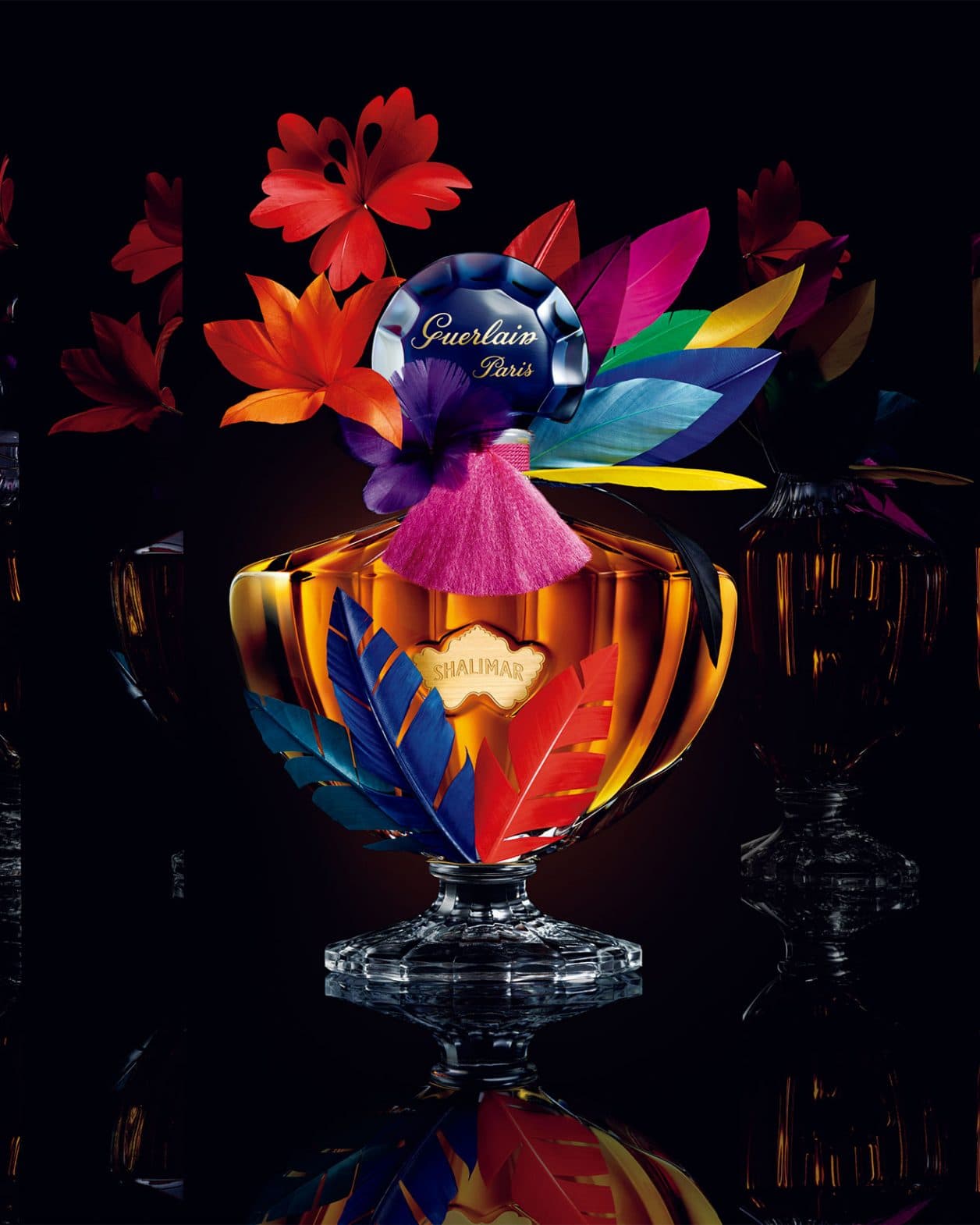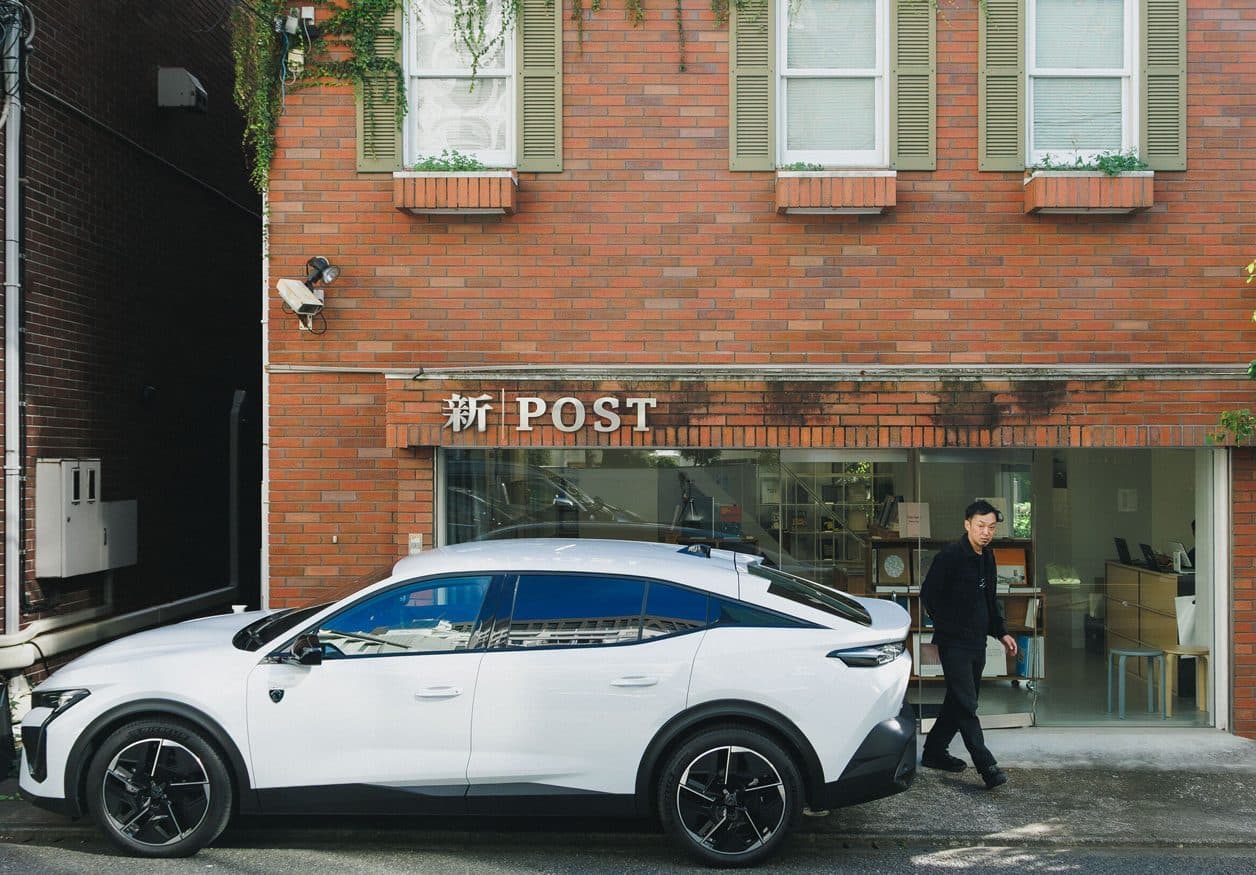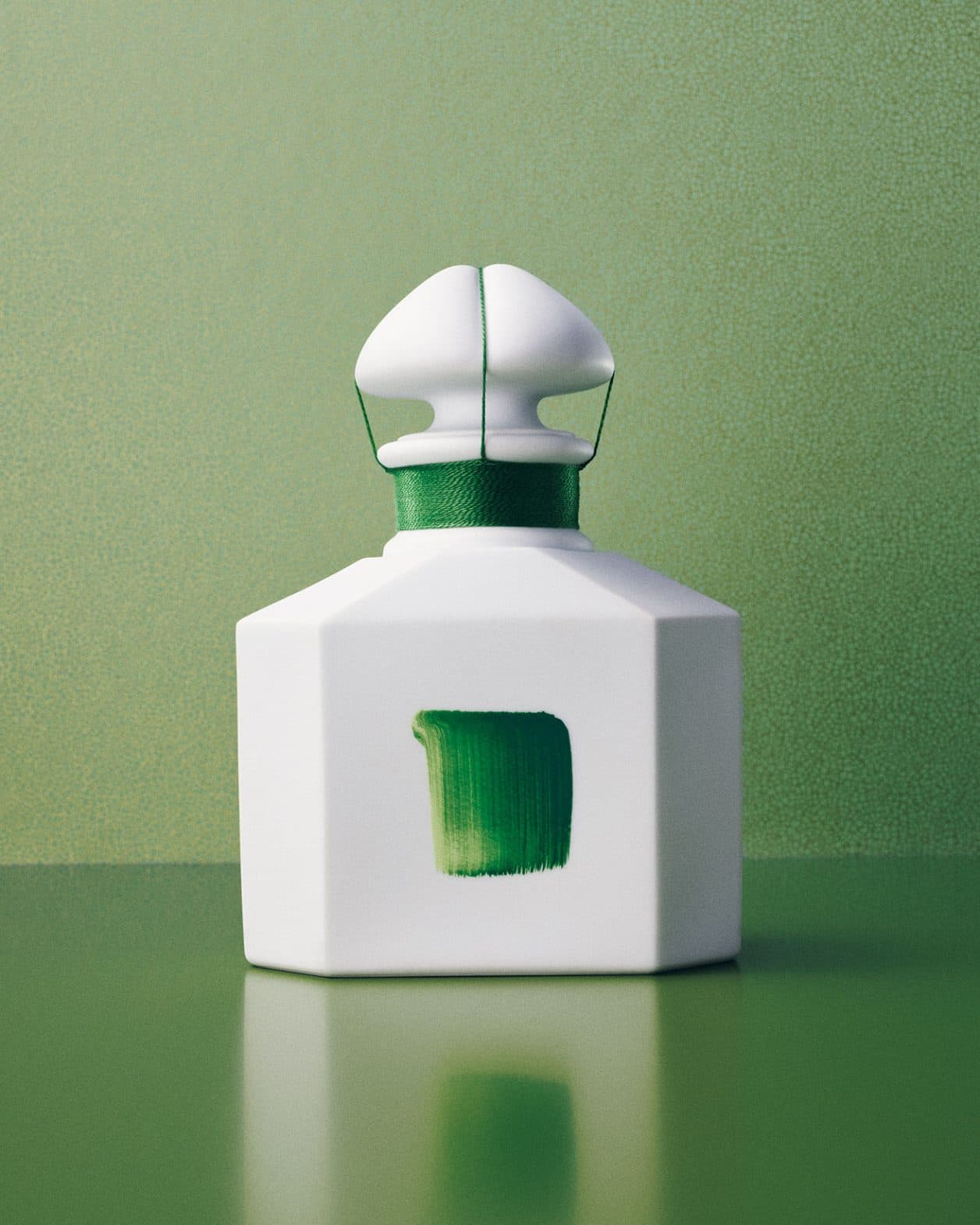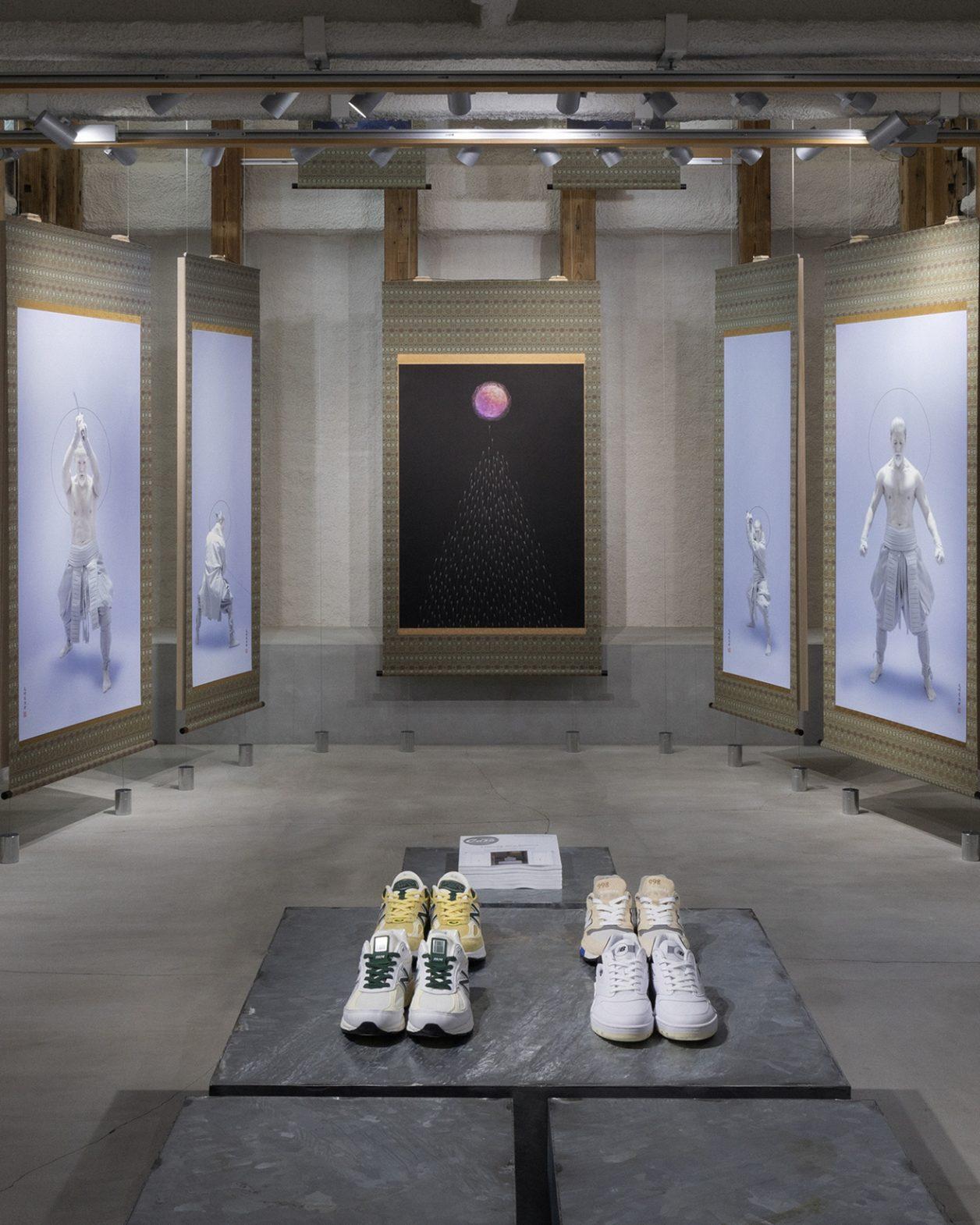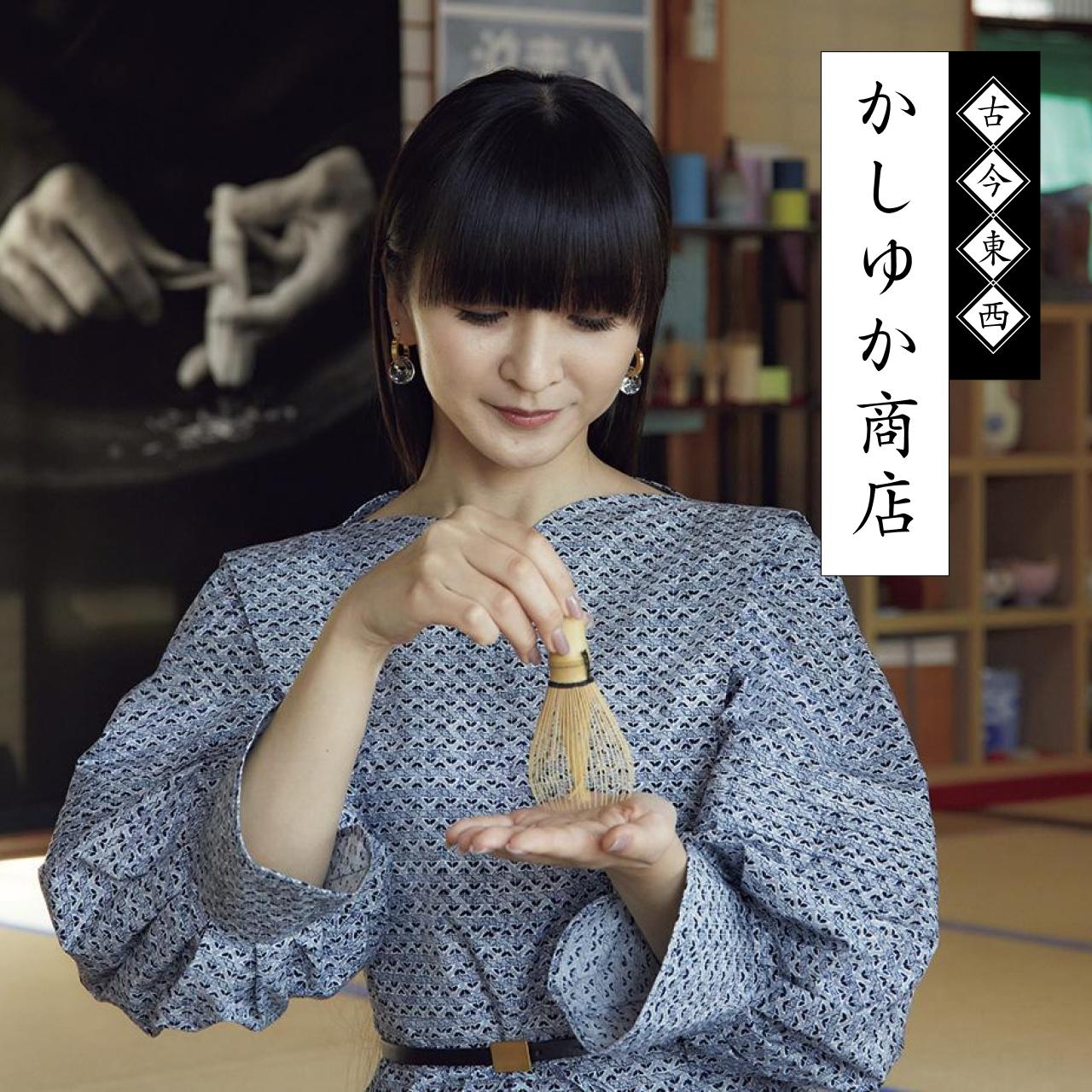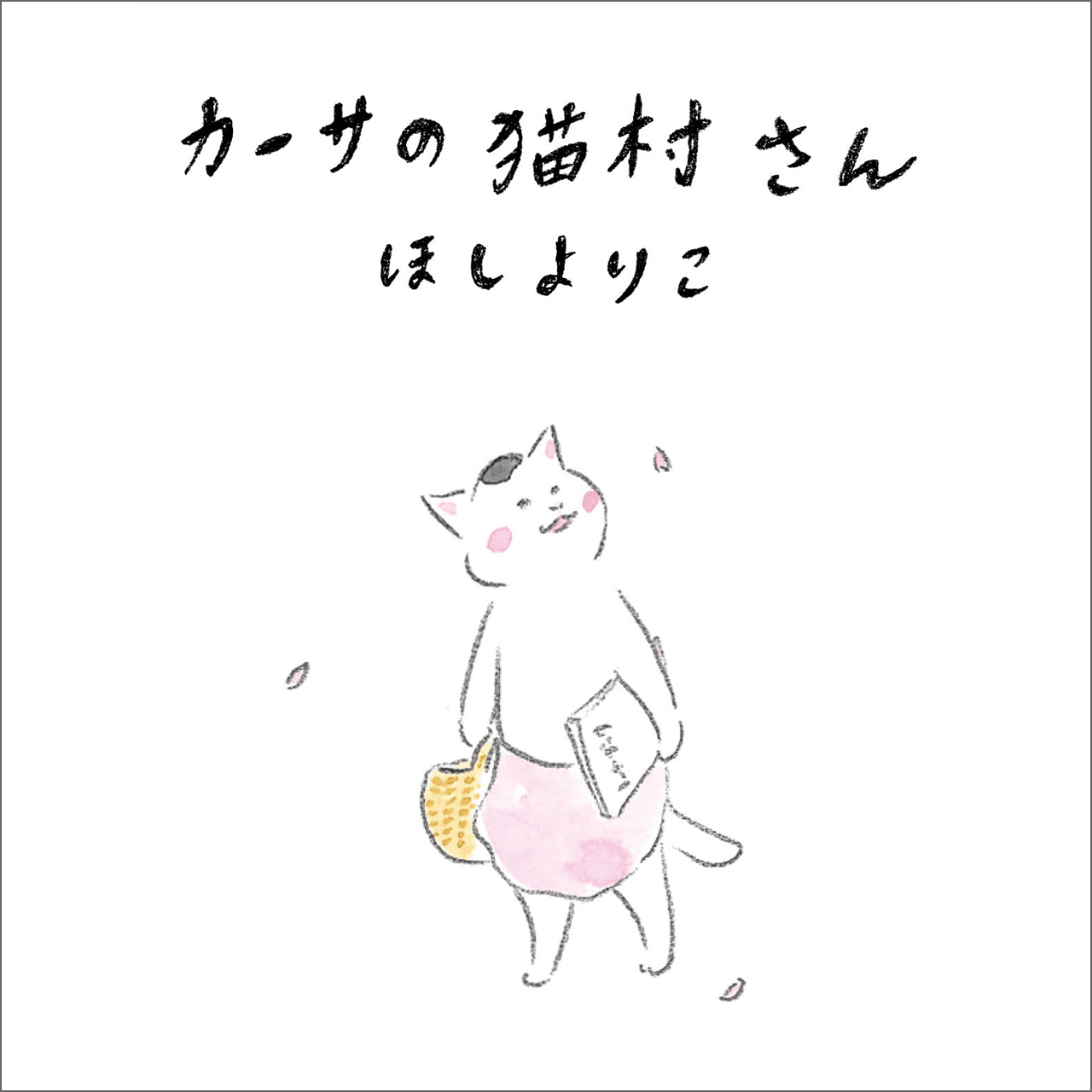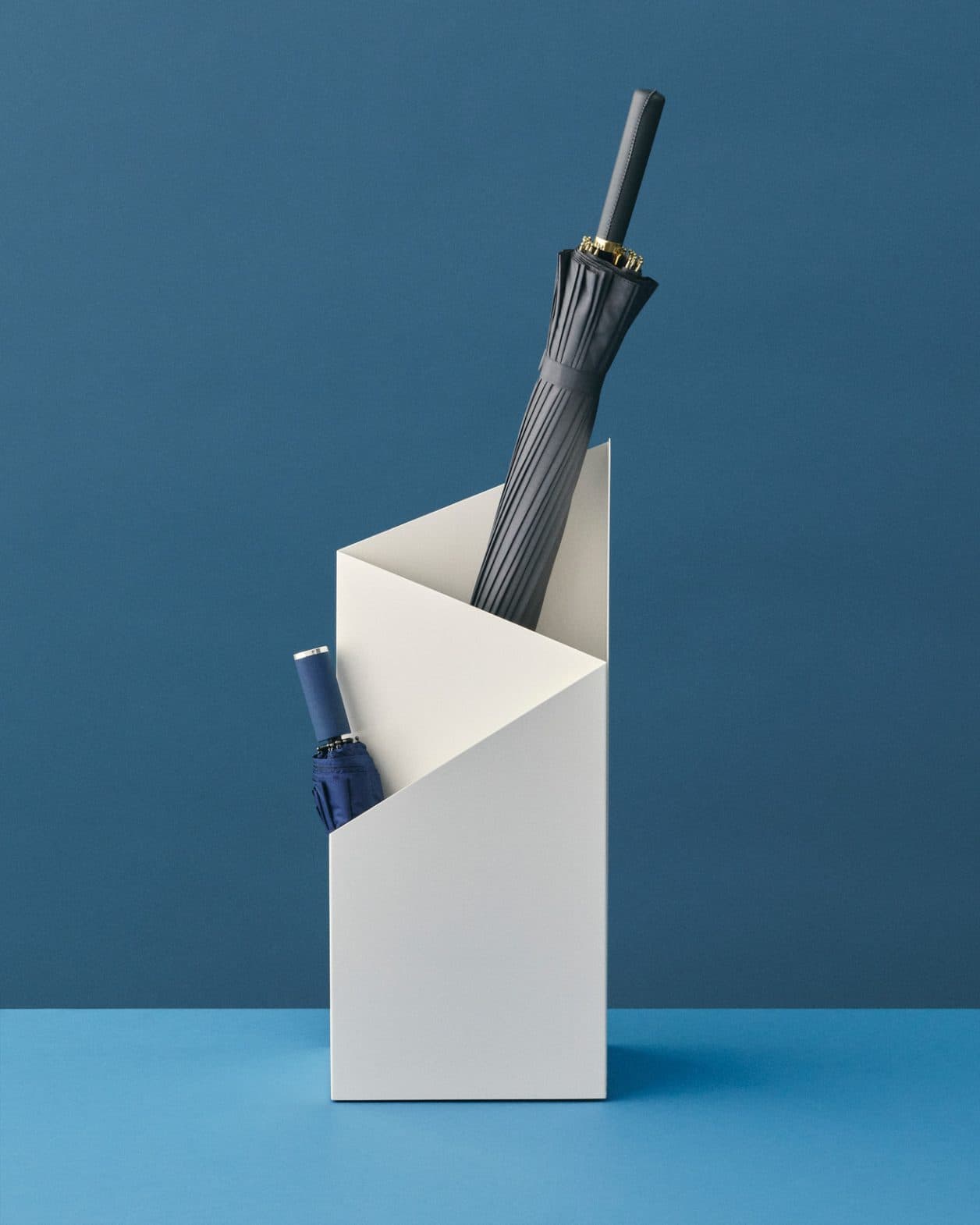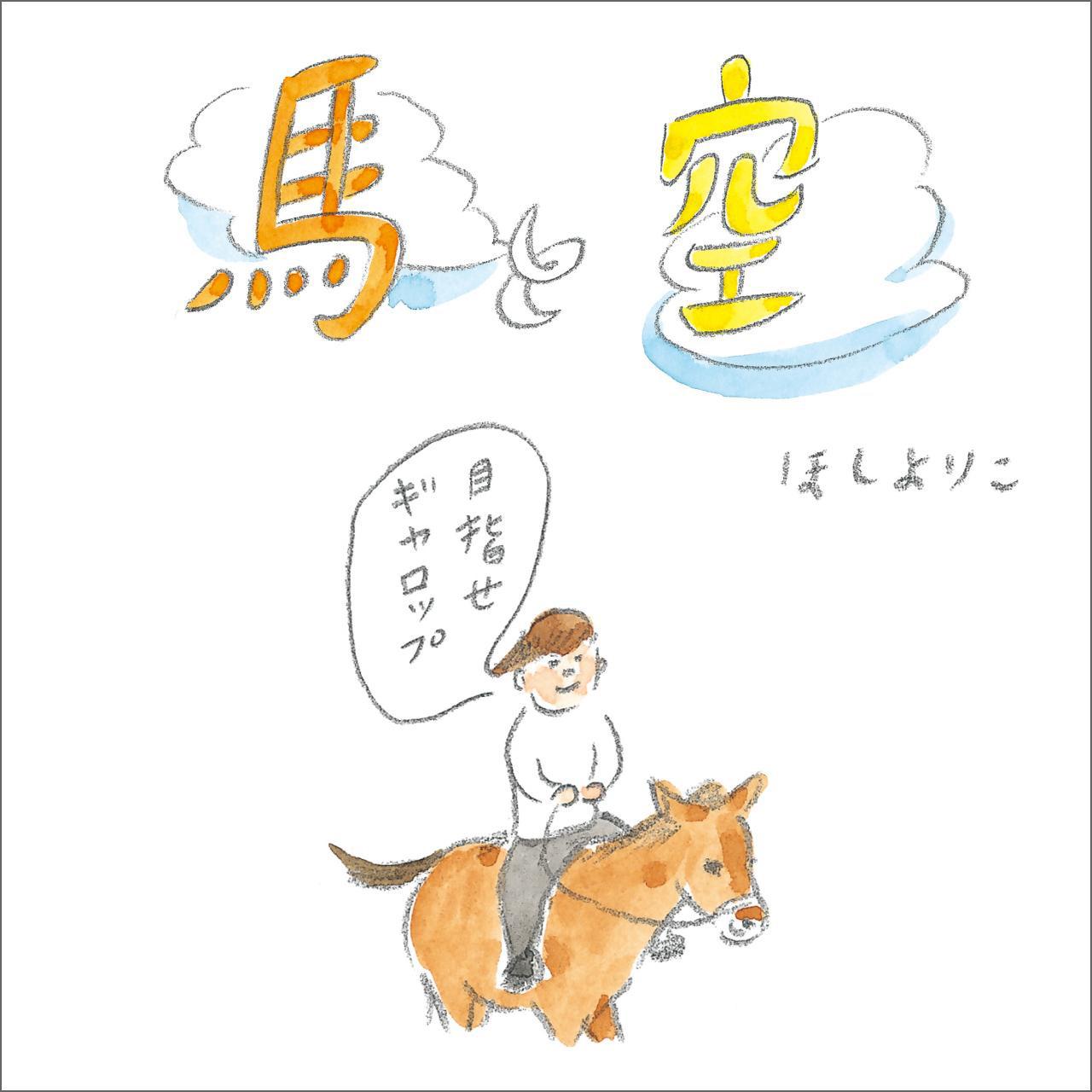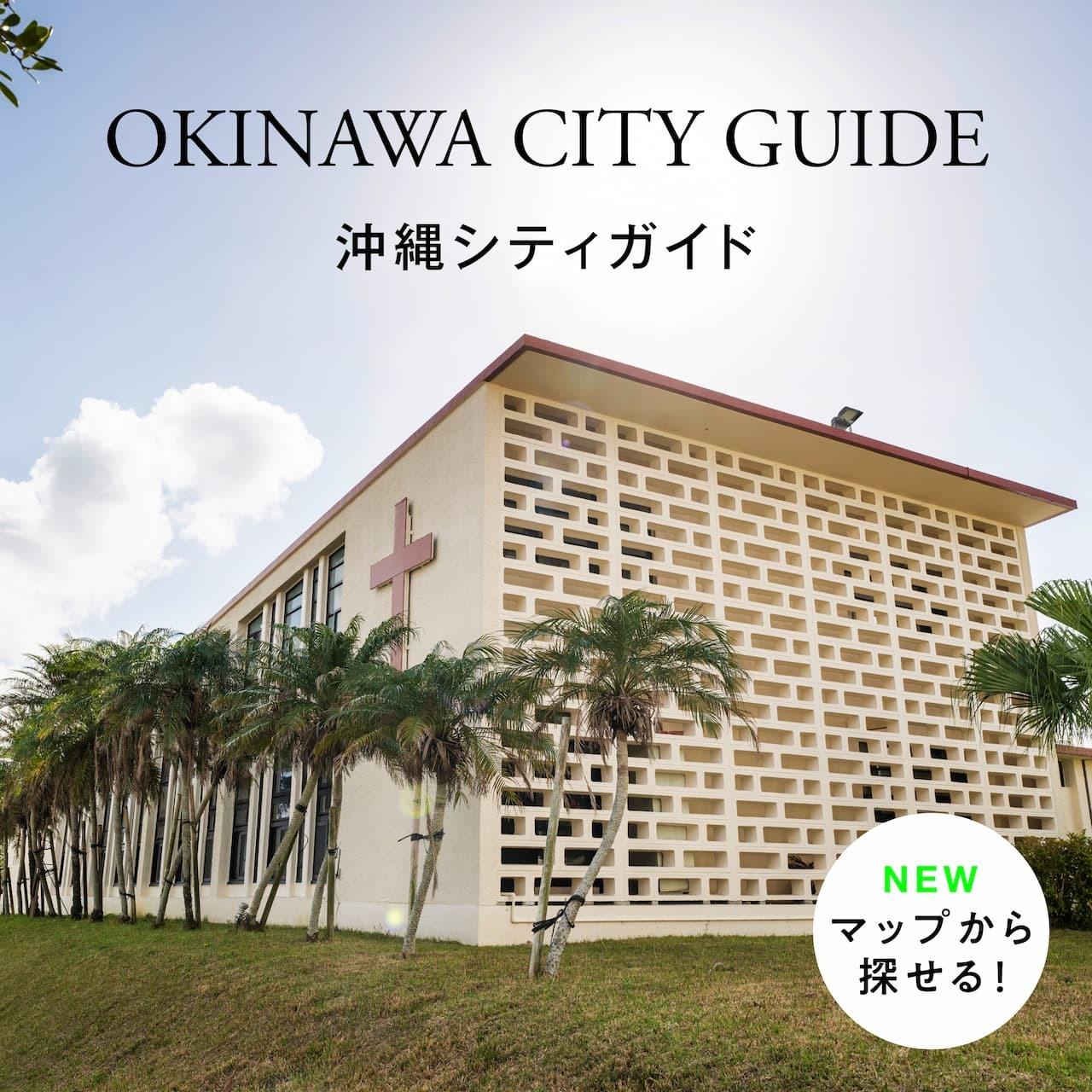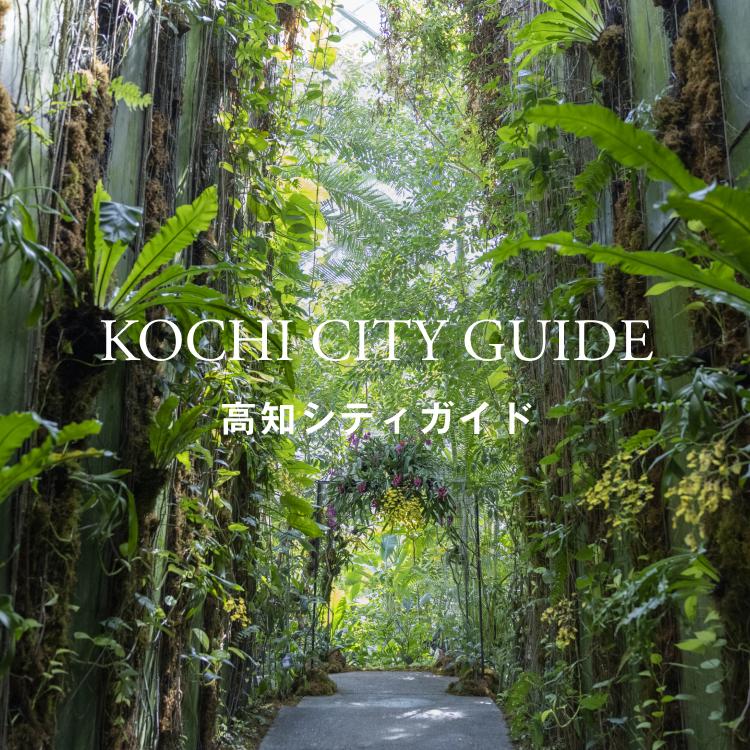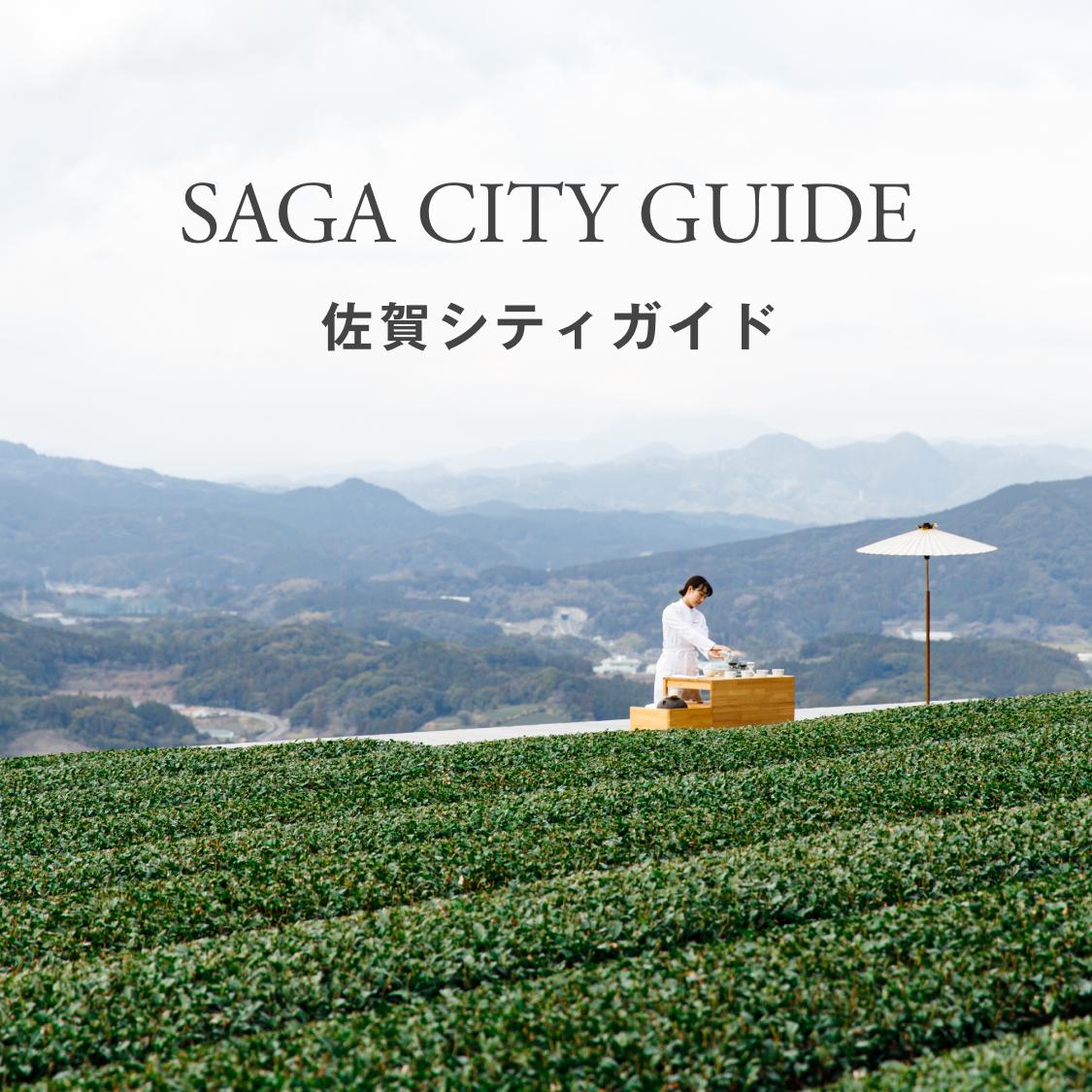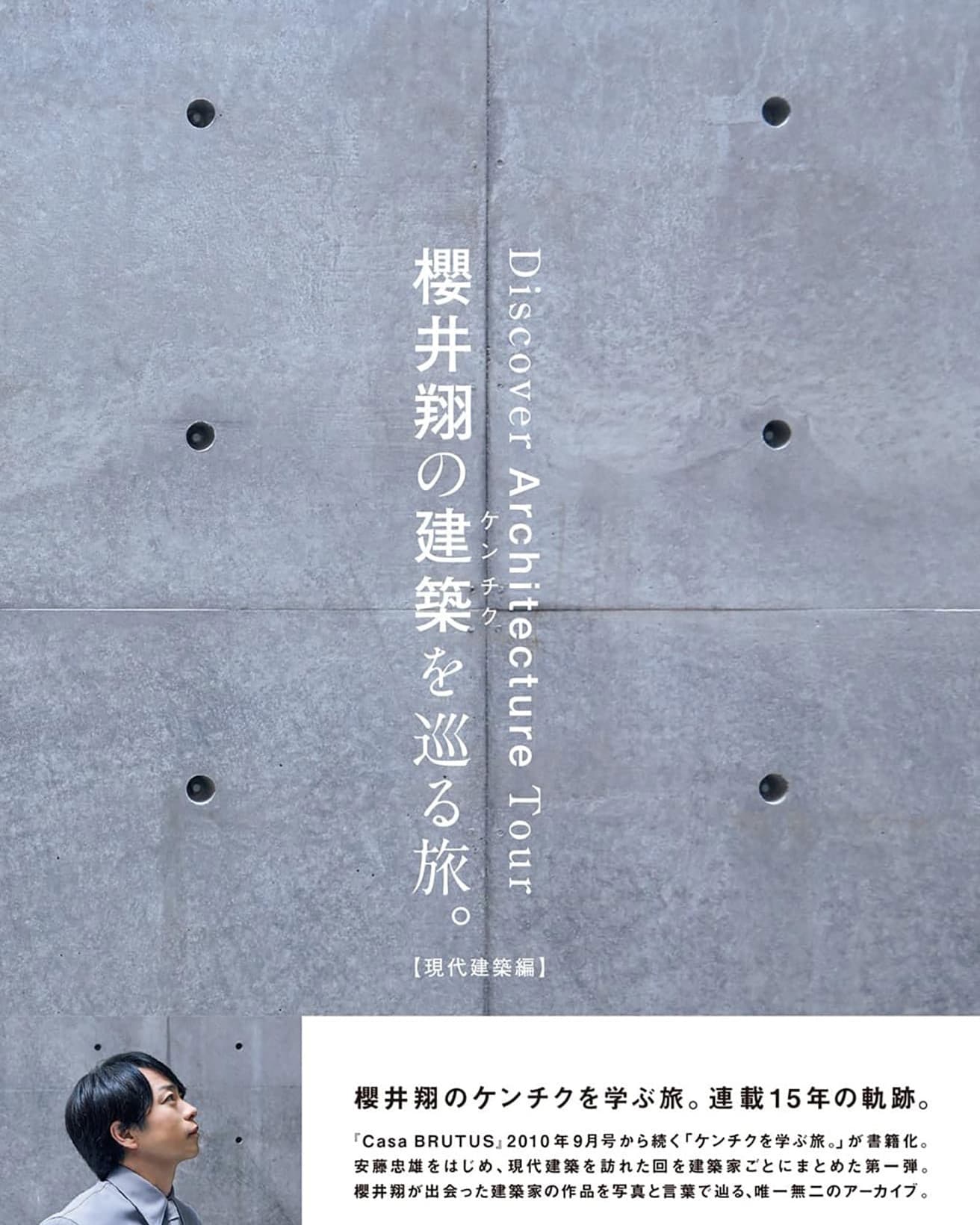DESIGN
Kokontozai: KASHIYUKA’s Shop of Japanese Arts and Crafts — Japanese Umbrella
『カーサ ブルータス』2024年8月号より
| Design | KASHIYUKA’s Shop of Japanese Arts and Crafts | photo_Keisuke Fukamizu hair & make-up_Masako Osuga editor_Masae Wako translation_ Mika Yoshida & David G. Imber
Searching all of Japan for handcrafted items that express its heart and soul, our proprietor, KASHIYUKA, presents things that bring a bit of luxury to everyday life. Her quest this time took her to Tokushima. Here she was introduced to Mima-wagasa; umbrellas handcrafted of bamboo, thread, and washi paper in the section of town called Udatsu-no-Machi, the retail district of olden times, where traditional buildings still line the main street.
